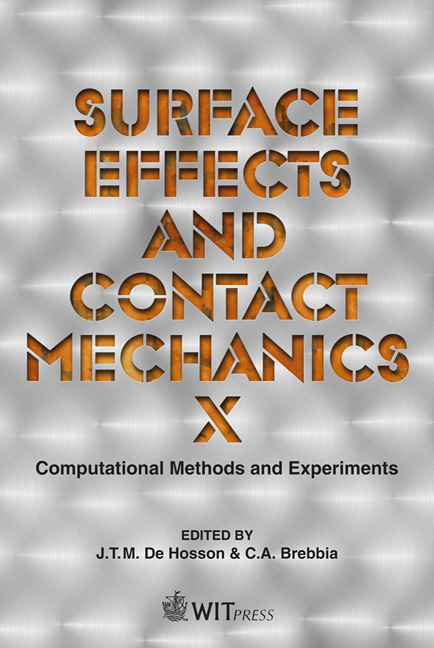Experimental And Numerical Tests Of Thermo-mechanical Processes Occurring On Brake Pad Lining Surfaces
Price
Free (open access)
Transaction
Volume
71
Pages
10
Page Range
15 - 24
Published
2011
Size
4305 kb
Paper DOI
10.2495/SECM110021
Copyright
WIT Press
Author(s)
P. Baranowski, K. Damziak, J. Malachowski, L. Mazurkiewicz, M. Kastek, T. Piatkowski & H. Polakowski
Abstract
One of the most important systems in cars and trucks are brakes. The braking temperature on a lining surface can rise above 500°C. This shows how lining requirements are so strict and, what is more, continuously rising. Besides experimental tests, a very supportive method for investigating processes which occur on the brake pad linings are numerical analyses. This paper presents the results of laboratory brake lining tests in the special test rig, called IL-68. Furthermore, based on this testing machine, the numerical model was developed. In the final stage computations done using a dynamic code called LS-Dyna were compared with laboratory tests. Keywords: numerical simulations, brake systems, thermo-mechanical coupling, thermovision, infrared measurements. 1 Introduction Typically, braking from nominal speed to full stop, takes about 5–15s. At that time, most of the kinetic energy of a vehicle is changed into heat generated in the brake system [1]. Heat emitted at the working surfaces of a brake is causing heat stroke directed into the components of friction parts. Imperfections of the surface, which may be associated with shape errors and geometric structure, causes uneven temperature distribution, where local maxima may exceed the
Keywords
numerical simulations, brake systems, thermo-mechanical coupling,thermovision, infrared measurements





